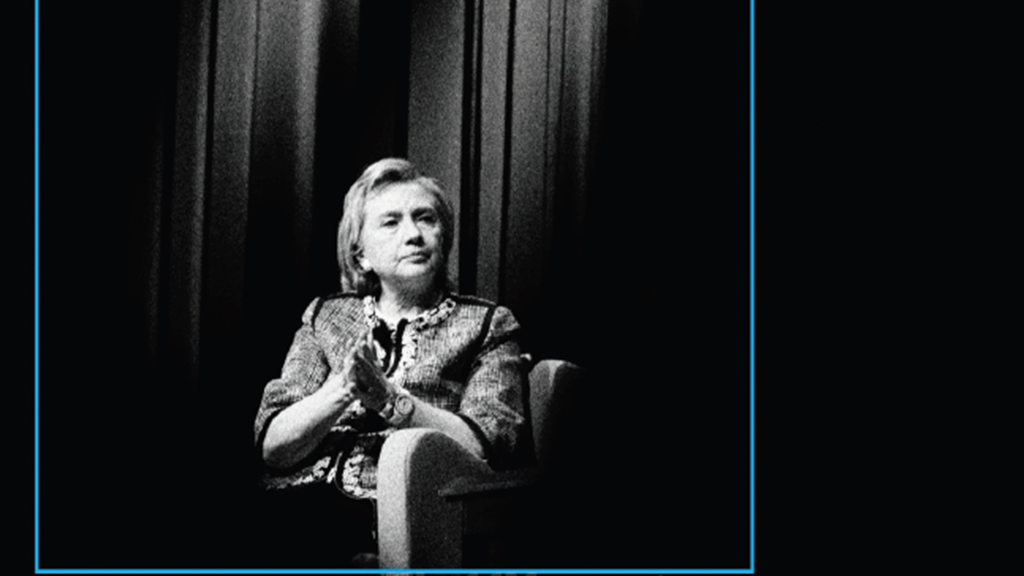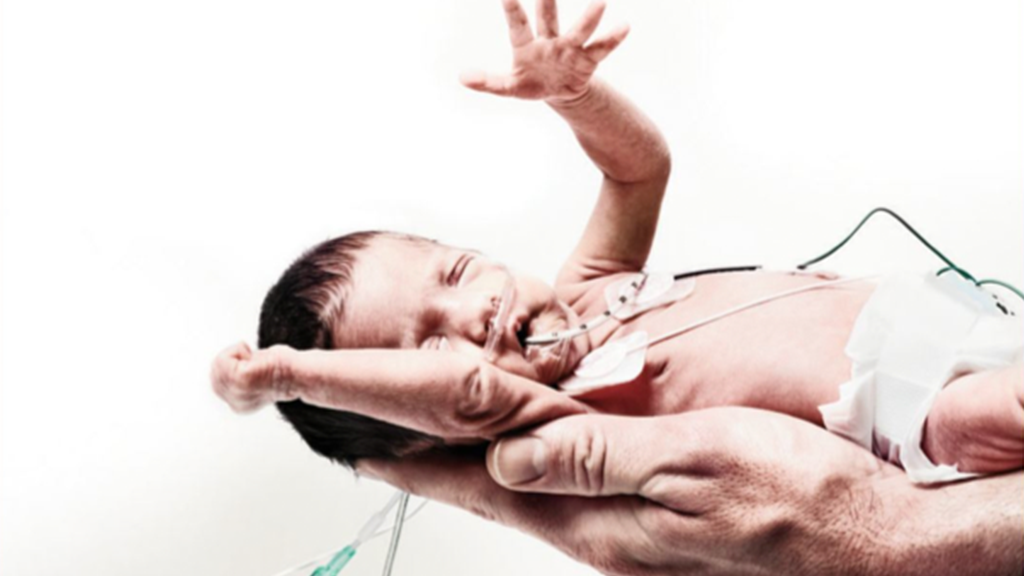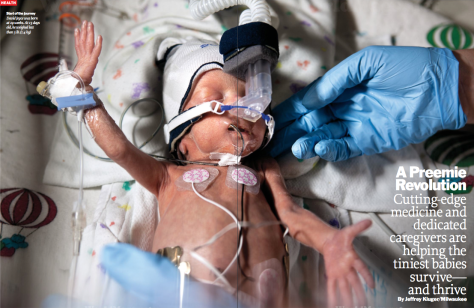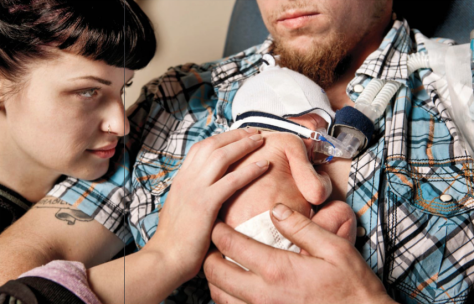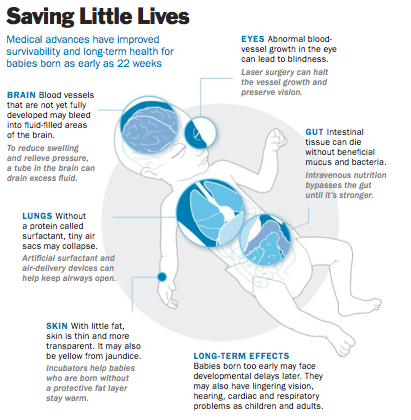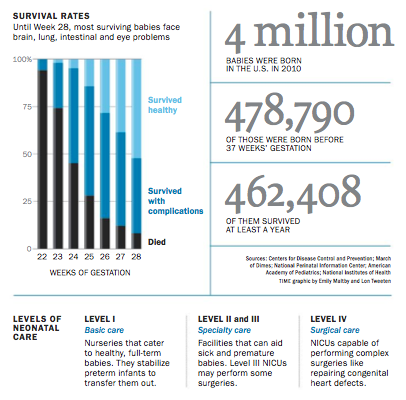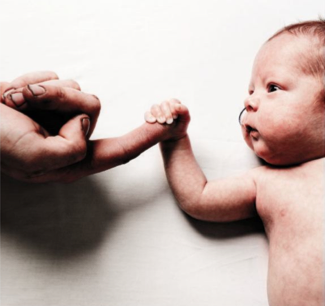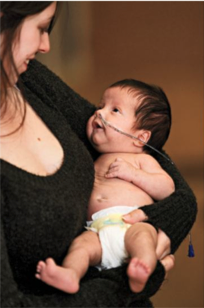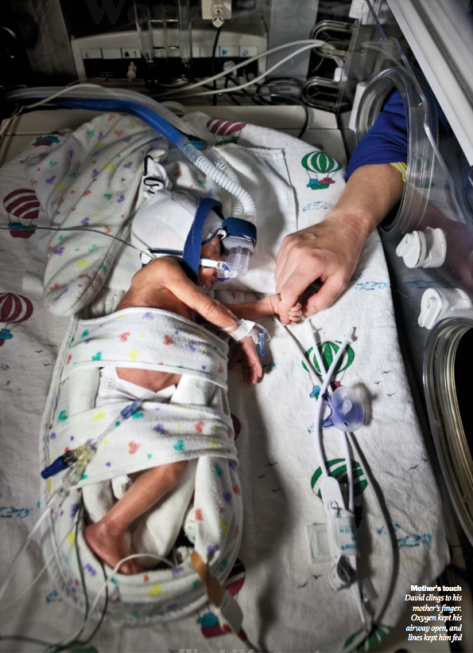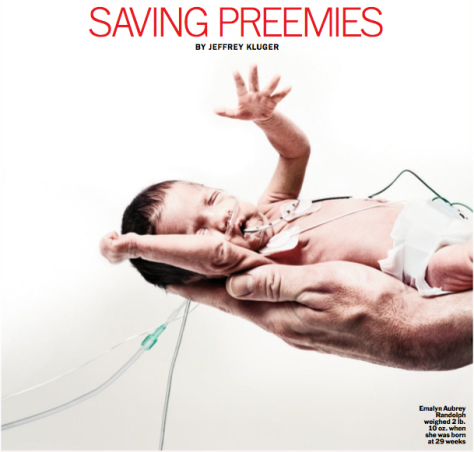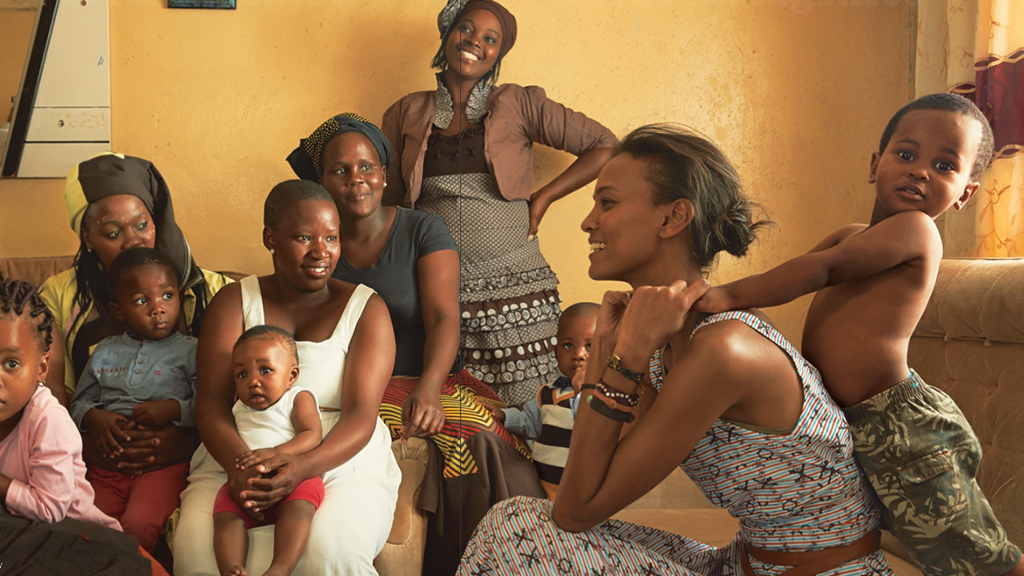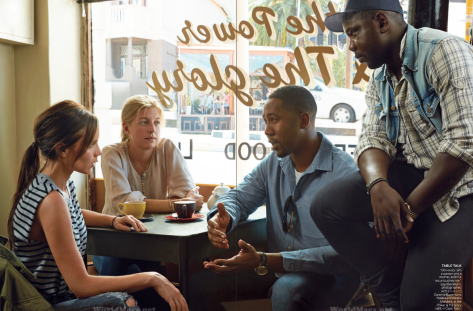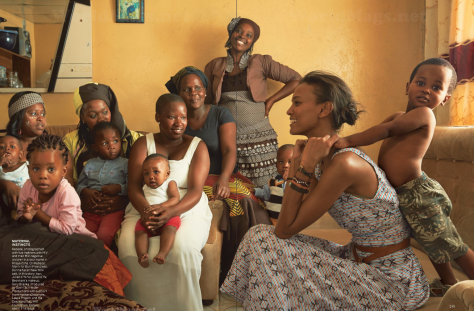A guide to the least contentious election of our time.
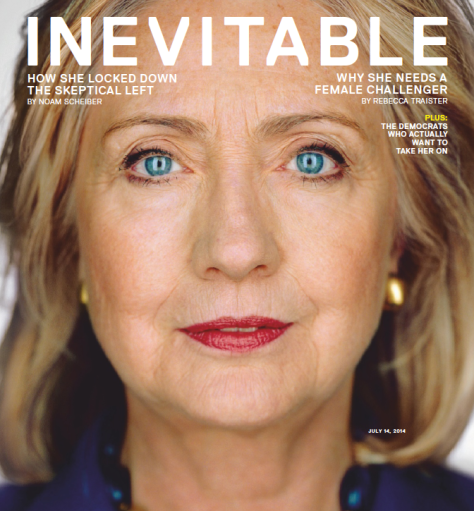
Jay Brown is a blunt-talking doctor from Ames, Iowa, the kind of guy who believes the biggest threats to the republic are the Koch brothers, Rupert Murdoch, and the corporatization of politics. Back in 2007, he signed up as a precinct captain for Barack Obama with one stated goal: to “undermine Hillary Clinton,” whom he referred to simply as “the nemesis.” He thought she had too little experience to be president and that her judgment on Iraq had been terrible. “I’m pleased to report that the Ames 2-2 precinct went heavily for Obama, who got four delegates,” he told me last month. “We shut Hillary out entirely.”
This time around, Brown talks like a man in the market for another crusading liberal, perhaps Elizabeth Warren of Massachusetts. “Wall Street would be fine with a Clinton administration. I don’t think it would be fine with a Warren administration. It would send a really deep chill,” he explained. And yet, despite all the personal history and the ideological grudges, Brown is unequivocal about whom he’ll support in 2016. “I’m a booster of Hillary Clinton,” he said. “I would go so far as to say an ardent booster.”
As it happens, Brown is not an outlier among plugged-in liberals. Seven of the ten former Obama precinct captains I contacted said they were enthusiastic about Clinton (and an eighth said she was slowly coming around). Harry Enten of FiveThirtyEight has observed that 13 of the 21 U.S. senators who’ve already endorsed Clinton hail from the left side of the party. A Democratic fund-raiser confided to me that it’s highly unusual to meet a big donor who is pro-Warren but down on Hillary. So much so that he was actually surprised when he encountered such a person several weeks ago. “I haven’t heard that very many times,” says the fund-raiser.
Amid Clinton’s miscues while promoting her new book, widely
seen as a test-launch for 2016, the media has been quick to revive
memories of 2008. A Politico article noted that her defensiveness
in response to questions about her wealth, gay marriage, and
Benghazi “reminded liberal Democrats who’ve viewed her warily
of what troubles them about her.” MSNBC followed with a segment
wondering if Clinton was the Democrats’ Mitt Romney—someone
“kind of tone deaf and unrelatable,” who “exuded competence but
no core belief.”
There is maybe some truth to those claims, but when you look
at the polls, Democrats are more enthusiastic about Hillary Clinton
than ever. Her favorability rating within the party stood at 90 percent in the latest Gallup poll, versus 81 percent this time eight years ago. A Wall Street Journal survey of Democrats during the book tour found that their opinion of Clinton has vastly improved since late 2007. Many more Democrats now consider her knowledgeable (88 percent versus 76 percent), compassionate (80 versus 69), easygoing and likeable (67 versus 49), aligned with them on the issues (76 versus 61), and honest and straightforward (75 versus 53).
More interestingly, Clinton’s popularity turns out to be highest
in places you might least expect. She consistently performs better
among liberals than among moderate and conservative Democrats,
though it was the former who deserted her six years ago. A recent
CNN poll found that only 11 percent of Democrats prefer a candidate who is more liberal. Put it all together—the numbers, the
enthusiasm, the unlikely converts—and it’s a striking turnaround
for a candidate who, when her opponent famously proclaimed her
“likeable enough” in 2008, discovered that less than half her partyagreed. And the reasons behind this resurgence tell us about more than just 2016—they reveal something fascinating, even downright profound, about the Democratic psyche.
A few days after Obama announced his pick for secretary of state in 2008, a cringe-worthy photo turned up on Facebook. It featured 27-year-old Jon Favreau, the incoming president’s top speechwriter, groping the breast of Hillary Clinton, albeit in cardboard cutout form. During the primaries, the Clinton camp was quick to pounce on such boorish behavior, and the president’s aides steeled themselves for some well-deserved blowback. But it never came. Clinton’s communications aide Philippe Reines sent an e-mail to a reporter joking that “Senator Clinton is pleased to learn of Jon’s obvious interest in the State Department, and is currently reviewing his application.” Clinton herself, according to the book HRC by Jonathan Allen and Amie Parnes, quipped to Favreau that, “I haven’t seen the picture yet, but I hear my hair looks great.”
Talk to Obama veterans about Clinton’s first few months in office, and one memory stands out: She plainly embraced the role of sidekick. She devoured White House briefing material. “Hillary Clinton would walk in with the thickest binder on the table,” says a former Obama staffer. She mastered the art of the small gesture, plying Obama aides with personal notes and mementos. One received an official State Department sling for his injured arm, Allen and Parnes report. Day in and day out, she was unfailingly gracious. Among the less glamorous duties of a Cabinet secretary is waiting outside the president’s office when he’s running late. “No one will judge you if you sit there and answer e-mails on your Blackberry,” says Katie Johnson, Obama’s former personal secretary. “She did not do it. . . . She was very friendly and warm. She talked to people.”
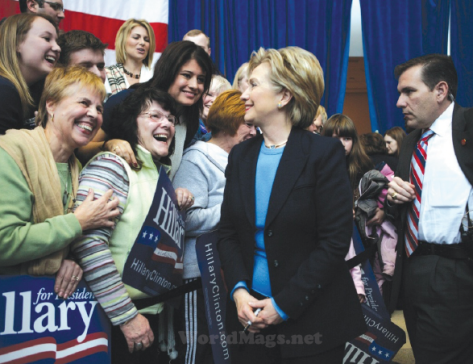 Two other factors dovetailed with Clinton’s personal efforts at reconciliation. First was the remarkable overlap between her and Obama’s worldviews, which made them natural allies. “The 2008 primaries were emotionally intense, but ultimately the policy disputes were not that significant,” says Ben LaBolt, a former Obama press aide. “This wasn’t a grand dispute about where the Democratic Party was headed. . . . That made it easier [to come together].”
Two other factors dovetailed with Clinton’s personal efforts at reconciliation. First was the remarkable overlap between her and Obama’s worldviews, which made them natural allies. “The 2008 primaries were emotionally intense, but ultimately the policy disputes were not that significant,” says Ben LaBolt, a former Obama press aide. “This wasn’t a grand dispute about where the Democratic Party was headed. . . . That made it easier [to come together].”
The second was Team Obama’s realization that it had enemies, even inside the administration, and they didn’t look much like Hillary Clinton. “There were never big bad damaging leaks from the State Department,” says another former White House aide. “Obviously her interests were front and center. But they were also motivated by making sure the president succeeded. I don’t know that that was the case at the Pentagon.”
The logic of Clinton’s rapprochement with the Obama crew also explained her rehabilitation across the rest of the party. Clinton’s willingness to join the Cabinet boosted her favorability rating more than 10 points among Democrats between late 2008 and early 2009. And with the party largely united on everything from tax cuts to entitlements to climate change to health care, there was no ideological rift to come between her and any particular faction. “Democrats are less polarized even than we were in 2006–2008, when our involvement in Iraq was front and center,” Clinton’s former presidential campaign strategist, Geoff Garin, told me.
Above all, as the Republican Party became more crazed and abusive, even previously skeptical Democrats saw Clinton differently, a pattern that has recurred throughout her career. “There’s a respect for her as an accomplished senior player who stood up to right-wing attacks,” says Ilya Sheyman, head of the liberal group MoveOn.org Political Action.
Unfortunately for Clinton, the years leading up to 2008 were one of the rare moments when she didn’t benefit from this dynamic. A Republican controlled the White House, making the Clintons less likely to arouse the right’s conspiratorial mania. Worse, because that Republican had been uniquely divisive, many Democrats had reservations about politicians associated with the same shiv-wielding tactics. “They worried that as a standard-bearer she might be polarizing,” says Larry Grisolano, who oversaw the Obama campaign’s polling in 2008.
But in the last few years, with Democrats in power and Clinton emerging as Obama’s chosen successor, the assaults from Republicans—on her age, her health, her central role in a variety of imagined conspiracies—have escalated, prompting a return to ’90s-era solidarity. “The things that have been thrown at her have never been thrown at any other candidate or spouse,” says Bonnie Adkins, another former Obama precinct captain, who took pride in taking down the high-handed Clinton campaign in 2008. “I’m more concerned with her personal mental heath. Not that she has mental health issues. Just how she deals with it. It’s more empathy than concern.” Adkins says she feels a particular connection with Clinton as a woman: “If you haven’t had a baby yet, you haven’t done anything.”
The upshot of all these developments is a preposterous level of support. Since she joined the administration, Clinton’s favorability rating among Democrats has never dropped below 88 percent, according to Gallup. (By comparison, Joe Biden’s favorability numbers have generally hovered in the low-to-mid 70s.) Her hold on the Democratic nomination looks unshakable.
Of course, Clinton’s hold on the 2008 nomination also looked unshakable, just before she fumbled it. Faced with the right combination of opponent and issue, even the strongest candidate can suddenly become vulnerable. This time around, the identity of the challenger is hard to predict, but there’s at least one issue that could cause Clinton real angst: economic inequality.
On the surface, inequality would appear to be yet another question on which Democrats agree. A 2012 Pew poll showed that 92 percent of them believe “the rich just get richer and the poor get poorer,” up from 84 in 2009. Obama has spoken out on the subject several times, including a high-profile speech in Osawatomie, Kansas, where Teddy Roosevelt delivered a similar warning in 1910. Clinton recently signed onto the consensus herself, delivering a major speech on inequality at the New America Foundation in May.
But it turns out inequality isn’t one but two issues that are often jumbled together: The first is the plight of the poor, working poor, and middle class, who are weighed down by stagnant wages and high unemployment. The second and potentially more explosive is the gap between the ultra-rich and everyone else, which has expanded to Gilded Age levels over the past few decades. Gallup has documented a huge spike in the percentage of Democrats who are dissatisfied with the “size and influence of major corporations.” Pew found that, as of late 2011, 91 percent of Democrats believed there was “too much power in the hands of a few rich people and large corporations.”
Clinton has the credibility to address the first set of problems, whose solutions include better education and jobtraining, a higher minimum wage, stronger labor unions, and a more generous safety net—some of which voters associate with her husband’s administration.
On the second question, however, Clinton’s reÅLsumeÅL is less compelling. Many of her and her husband’s closest economic advisers hail from Wall Street. After hiking the top income tax rate in 1993, they cut the capital gains tax in the late ’90s and deregulated the financial sector. Hillary Clinton has spent decades raising enormous sums from executives at Goldman Sachs and Citigroup, and the Bill, Hillary & Chelsea Clinton Foundation, which she joined after leaving the State Department, survives on the largesse of the 1 percent.
On her own time, Clinton has enjoyed several six-figure paydays speaking to corporate executives, including two at Goldman Sachs that netted her an estimated $400,000. And, of course, she has repeatedly struggled to justify all the buckraking, telling Diane Sawyer that she and her husband were “dead broke” when they left the White House. “There’s a lot of vulnerability in the Clinton record going back to Glass-Steagall [the landmark banking regulation her husband mothballed],” says a longtime Democratic presidential operative. “It’s obviously reinforced by this silliness about being broke.” During her recent speech at New America, she only passingly mentioned this second type of inequality. (A Clinton spokesman says she “consciously left the discussion for another day.”)
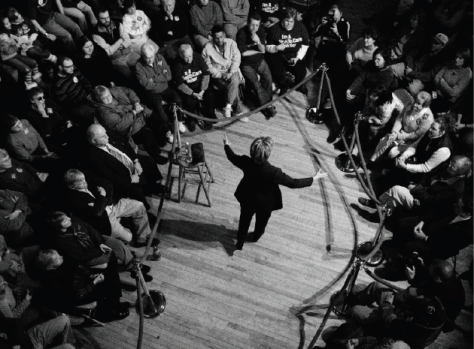 Yet even this liability seems unlikely to threaten Clinton’s standing in the party. Democrats have become so positively disposed to her that, unlike 2008, when they seized on an issue (Iraq) and worked back to her character (cynical), they now begin with her character (moral, honest, straightforward) and work back to the issues.
Yet even this liability seems unlikely to threaten Clinton’s standing in the party. Democrats have become so positively disposed to her that, unlike 2008, when they seized on an issue (Iraq) and worked back to her character (cynical), they now begin with her character (moral, honest, straightforward) and work back to the issues.
In 2004, Graham Gillette, an Iowan who once worked for the elder George Bush, supported John Edwards after hearing his “Two Americas” refrain on inequality. He signed up as a precinct captain for Obama four years later because he was “enthralled with his magnetism and message” and had the lifelong Republican’s skepticism of Hillary Clinton. But in 2016, he is all in for Clinton, and inequality is a big reason why. “She has the credibility to address these things today that she didn’t eight years ago,” he told me. “She is, of anybody out there, Democrat or Republican . . . uniquely positioned to talk about this topic. I do think it’s the most important topic of the campaign.” It’s not that Democrats like Gillette support Clinton despite her positions on some key issues. It’s that, precisely because they are so favorably disposed toward her, they assume she must be with them on the issues they care most about.
Granted, under most circumstances, there is a reliable method for outing a front-runner who may be somewhat at odds with the party, even if voters are well-disposed to her. It’s called a primary. The more scrutiny the front-runner receives, the more voters learn about her actual views, and the less they fill in the blanks with glowing assumptions. But what’s so unusual about Clinton’s standing is that, unlike 2008, it’s almost certain to hold up even against a perfectly positioned challenger—say, Elizabeth Warren, the most beloved economic populist in the country.
To see this, just consider the liberal Democrats who are already aware of Clinton’s ties to the 1 percent and of Warren’s efforts to rein in this group’s political power—a reasonable proxy for how ordinary voters might react as they learn more about each candidate. While just about all of the liberals I spoke with admire Warren, and still want to see the Washington establishment upended, Obama has soured most of them on the idea that a politician can pull it off. “I will tell you, as much of a dreamer as I had been, I’m now somewhat jaded about Obama,” Jay Brown told me. “Clinton has impressed me with her tenacity and capacity for compromise.”
Or consider the case of Mark Schmitt. Back in 2007, Schmitt wrote an influential essay in The American Prospect arguing that Obama’s “theory of change” was superior to Clinton’s, which mostly accepted the status quo and aimed for marginal improvements. Schmitt currently runs the New America Foundation’s project on political reform—basically, the wonk-world’s vigilante against the influence of the 1 percent. If anyone should be inclined to support Warren and be skeptical of Clinton, it would be him. Yet he too is what Brown would call an ardent Clintonbacker. “In some ways, the Clinton mode of grind something out, don’t promise transformative change you can’t possibly deliver— that strategy looks a lot sounder six years later,” he says.
One former Obama administration official quipped to me that it’s as if the Democratic Party has finally reached middle age. It’s not that liberals don’t perceive some ideological distance between themselves and Hillary Clinton, at least as they become more informed. Nor is it that they recognize this gap and simply don’t care about it. It’s that, after the somewhat disillusioning experience of the Obama years, many actually consider this gap an advantage for Clinton. Even Grisolano, Obama’s polling honcho from 2008, concedes, “It may be that coming out of this period, where Congress has been so obstinate, so difficult to move . . . that people are looking for someone whose central skill is how to work the power structure.”
So let’s say Democrats’ faith in Clinton is rewarded and she wins the presidency. Here is how the 2016 transition is likely to play out. Having talked about inequality during the primaries, and maybe even the general election, she will feel pressure to appoint economists who know something about the issue. She will pluck a few advisers from the reserve army of liberals at think tanks like the Center for American Progress (home to many former Clinton White House aides over the years), the Economic Policy Institute, and the Center on Budget and Policy Priorities.
But as the transition goes on, liberals will notice a disconcerting shift. They will watch most of the senior posts in her Treasury Department go to alumni of Wall Street. They will see her fill out the top echelons of financial regulators—the Securities and Exchange Commission, the Commodity Futures Trading Commission, the Office of the Comptroller of the Currency—with banking-industry lawyers. They will even notice bankers turning up in agencies with little role in finance, like the State Department and the U.S. Trade Representative. Though any one appointment may be justified— the Treasury undersecretary for domestic finance should probably have a finance background, for example—the larger mass of Wall Street transplants will create a stubborn level of groupthink. Their skepticism toward policies like a financial transactions tax, aggressive prosecution of financial-market crime, and breaking up the megabanks will ensure they never happen.








 In fairness, Clinton’s inner circle isn’t exactly plotting some Wall Street coup. Setting aside what Clinton would actually do as president, she and her aides at least perceive themselves as occupying the liberal ground on most economic and financial issues. “It’s not like the Iraq war, where she was a little bit at odds with party, and more of a hawk,” says one former Clinton aide. “Go back and look at the campaign stuff from ’08. It was pretty progressive—on housing, sovereign wealth funds, derivatives.” The basic governing force here is inertia: Our hypothetical transition is simply the likely outcome given her relationships within the most rarefied slice of society.
In fairness, Clinton’s inner circle isn’t exactly plotting some Wall Street coup. Setting aside what Clinton would actually do as president, she and her aides at least perceive themselves as occupying the liberal ground on most economic and financial issues. “It’s not like the Iraq war, where she was a little bit at odds with party, and more of a hawk,” says one former Clinton aide. “Go back and look at the campaign stuff from ’08. It was pretty progressive—on housing, sovereign wealth funds, derivatives.” The basic governing force here is inertia: Our hypothetical transition is simply the likely outcome given her relationships within the most rarefied slice of society.
Progressives have such an easy time conjuring up this banker-heavy scenario that they’ve given up denying Clinton the nomination—which most consider futile anyway—to focus on the more urgent task of boxing her in as president. According to Adam Green of the Progressive Change Campaign Committee, groups like his are planning to spend 2015 badgering candidates about “whether they agree with Warren” when it comes to economic populism. Their plan is, in effect, to deploy the spectral presence of Warren to extract as many concessions as possible.
It’s not a crazy strategy. The mere thought of Warren seems to rattle the Clintons, who are haunted by the debacle of 2008. When Warren’s Senate campaign asked Bill Clinton for help in 2012, he declined to appear in public with her, agreeing only to a photo at a private event that she could distribute. (The former president also recorded a robocall for her and allowed her to send an e-mail to supporters under his name. But the latter was on the condition that she send another e-mail promoting him and the Clinton Foundation after the election.)
Warren herself seems inclined to keep the Clintons on edge. She recently needled Hillary in The Washington Post over her “dead broke” comments and refused to entirely rule out a presidential run. In late April, she wrote an op-ed titled “The Citigroup Clique,” in which she announced her “growing frustration over the concentration of people with ties to the megabank Citigroup in senior government positions.” Though she pegged the piece to the appointment of Stanley Fischer, a prominent economist and former Citigroup executive, as vice chairman of the Federal Reserve, it was interpreted on the left as an effort to block Robert Rubin proteges from dominating a future Clinton administration. “We want to know who is Hillary’s team,” says another progressive activist. “There has to be some kind of conversation between the electoral base of the party and the Clinton family over what it is these people stand for, and, more importantly, who is going to work for them.”
There will almost certainly be a conversation—you might even call it a negotiation—and the left will have some leverage. But, in the end, the idea that progressives can dramatically influence Clinton’s economic team is only slightly less of a stretch than believing they can oust her in the primary. Clinton will find a way to appoint most of the people she wants to appoint, and to pursue the agenda she wants to pursue. That, after all, is what many liberals now find so appealing about her. They just shouldn’t be surprised when a candidate who excels at working the system ends up working them, too.

